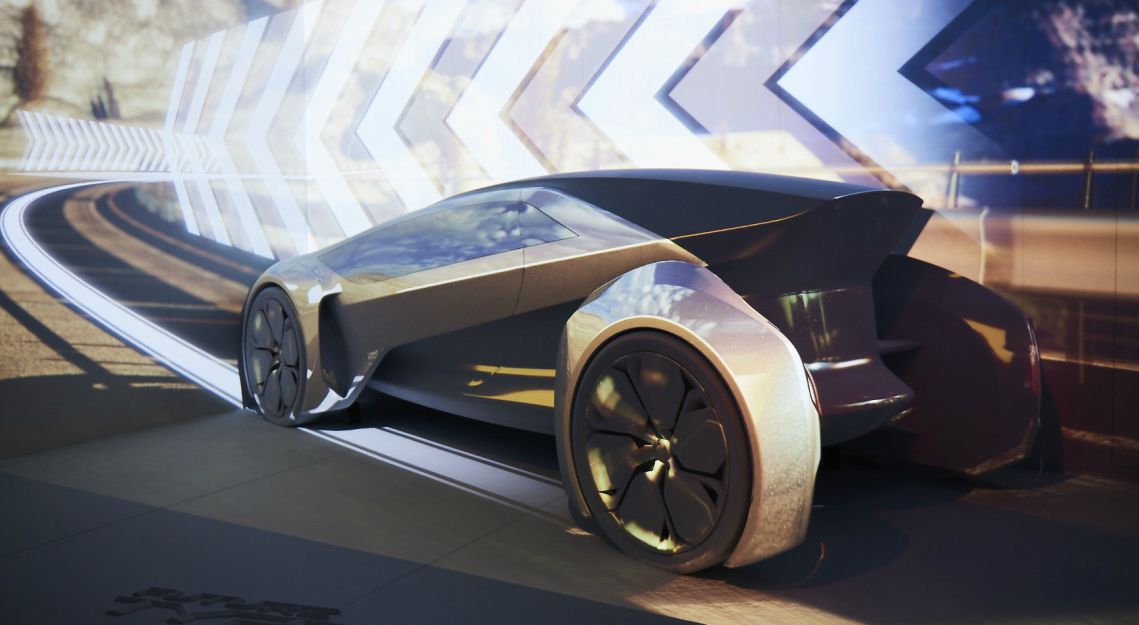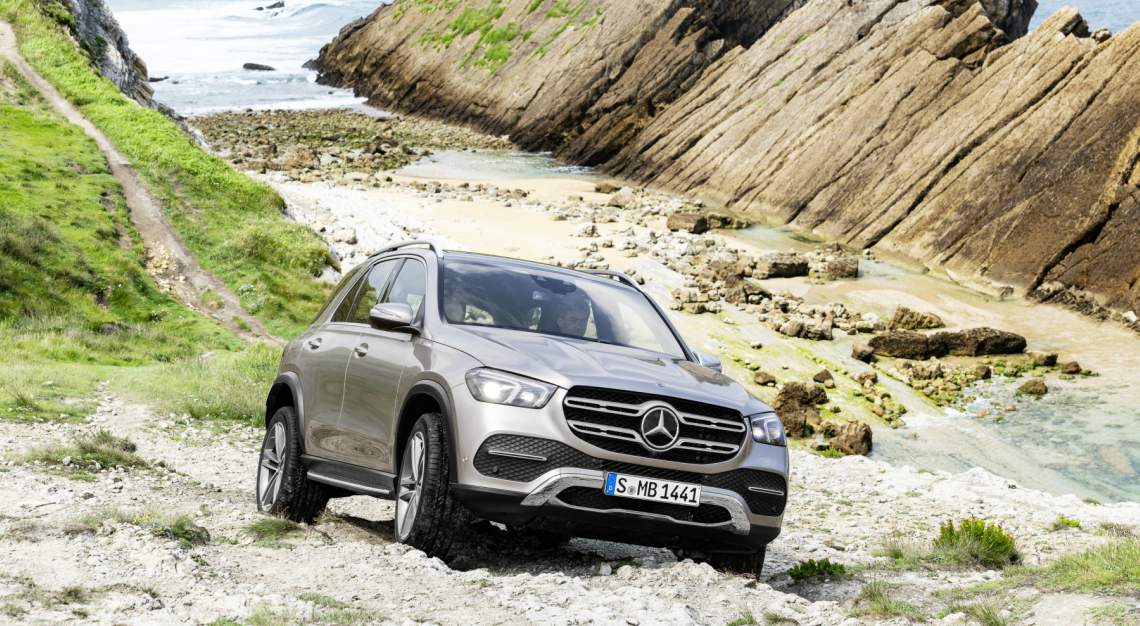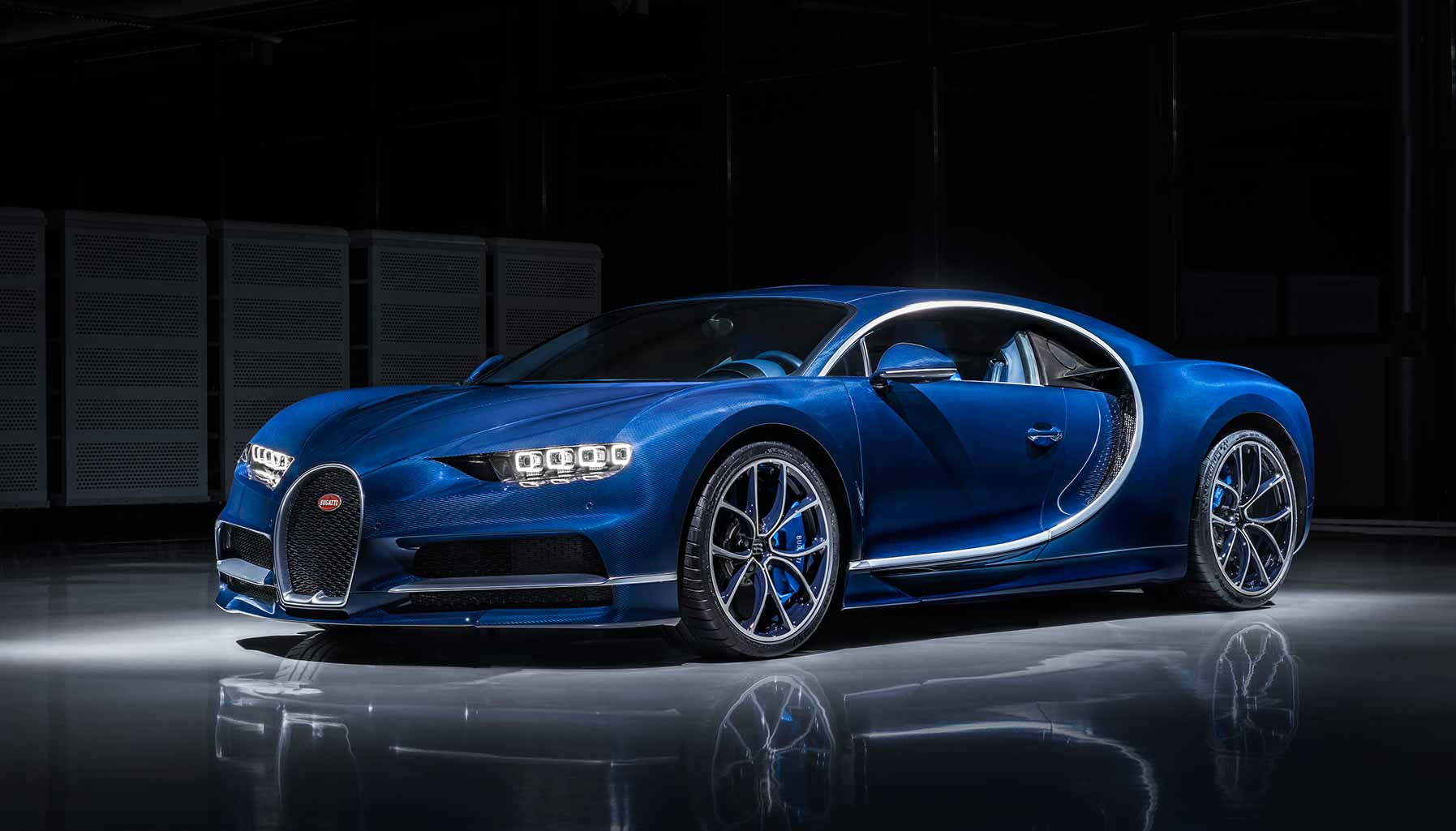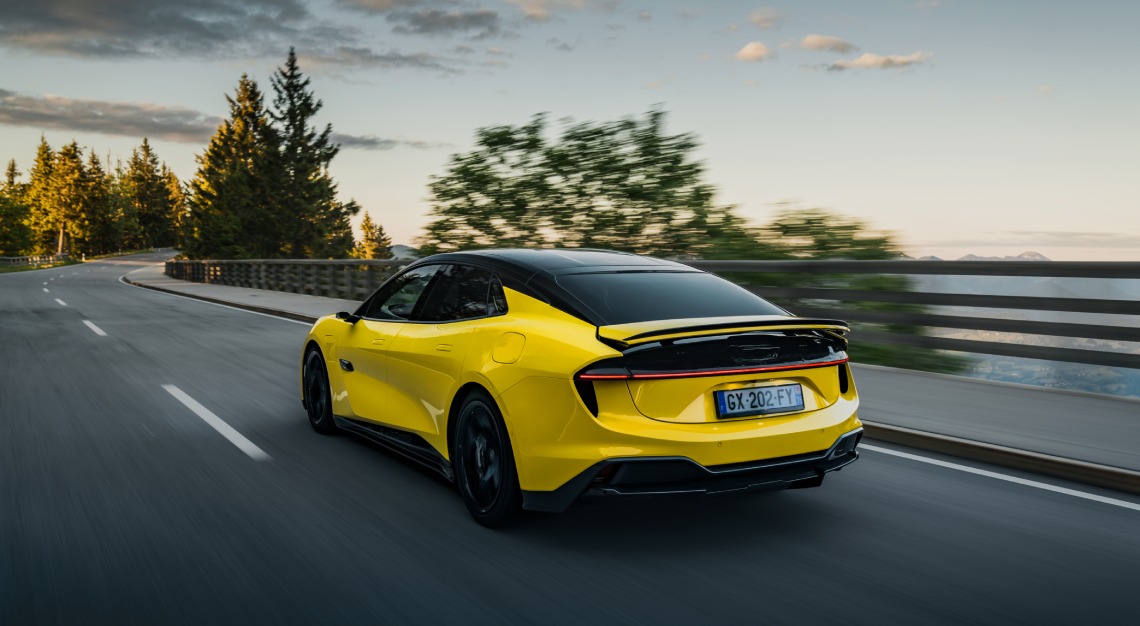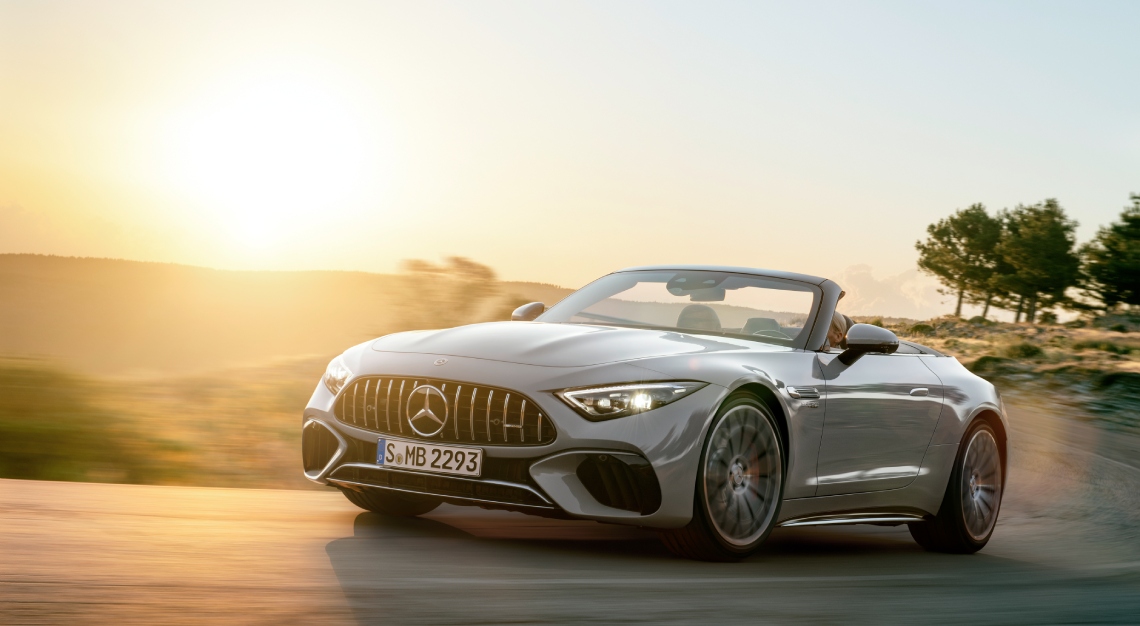The 400 hp coupe is reportedly the British marque’s last model powered solely by an internal-combustion engine, and it’s a fitting send-off
If Lotus founder Colin Chapman’s famous motto, “simplify, then add lightness” remained at the forefront of the automaker’s design philosophy today, the new Lotus Emira would probably look more like an Ariel Atom rather than a preview of the upcoming Evija, the 2,000 hp electric hypercar from the British marque.
But while the virtues of simplicity and minimised mass are well understood in the context of motorsport, they tend to be less appreciated in the street-car realm, where usability—despite what anyone might claim—almost always takes precedence over outright performance prowess. To put it another way: In order to sell road cars, people have to want to drive them on the road.
It’s through this lens that I view the last ICE-powered model from Lotus before the manufacturer transitions to an entirely electric line-up, a shift which will undoubtedly change “the Lotus experience” and what the brand stands for.

On paper, there are a few concerns right out of the gate: The Emira’s 400 hp, 3.5-litre supercharged V-6 is slightly less powerful than the version used in the outgoing Evora GT, and its 6,800 rpm redline is actually 200 rpm lower than that of its predecessor; alterations reportedly made due to valve-train tweaks in the Toyota-sourced mill. The new car is slightly heavier, too, as this six-speed-manual-equipped First Edition tips the scales at just over 1,450 kg.
These concessions, though, are a small price to pay for what the Emira offers. First of all, just look at it. While the Evora was a visually striking machine, this is a bona fide head turner. The muscular curves and deep side intakes give it distinct character without it appearing busy for the sake of aesthetic drama. And its near-perfect mid-engined proportions should elicit fits of jealousy from the designers of the eighth-generation Corvette.

A peek in the cabin reveals more good news. The Evora’s utilitarian design and aftermarket-spec technology has been tossed in favour of an interior befitting a six-figure sports car. High-quality materials are paired with a fit and finish that’s on an entirely new level for Lotus, while the 12.3-inch digital-gauge cluster and 10.25-inch touchscreen infotainment system provide a contemporary vibe. Although it’s relatively light on bells and whistles, the latter offers fast response and must-have features like wireless Apple CarPlay, and I was also pleased to discover that performance telemetry information is placed front-and-centre in the display’s user interface.

As I was settling in at the helm, it soon became clear that improving usability was a priority in the Emira’s design edict. The seats, for instance, are more grand touring–oriented, which means that ingress and egress are possible without having to rake one’s own sensitive componentry over an unyielding thigh bolster. Three drive modes are on offer—Tour, Sport, and Track—and in its most sedate setting, the Emira is surprisingly civil when asked to plod around town.
All Emiras are outfitted with fixed dampers, regardless of specification, and considering the fact that this particular example boasts the Sport package—which includes a stiffer suspension tune and ultra-sticky Michelin Pilot Sport Cup 2 rubber—I expected a fairly abusive ride on the streets and highways of central Los Angeles. But aside from some road noise and an occasional tendency to tramline along grooves in the road (both of which are unavoidable compromises with a track-ready tire like this), the Emira requires very few apologies as a potential daily driver.

If there’s one source of initial frustration, though, it’s the clutch. Its disengagement point starts to come on unusually early in the pedal’s upward travel, and even for a seasoned three-pedal enthusiast like myself, it required some conscious readjustment of my technique in order to prevent the car from stalling out when setting off from a dead stop. It felt like I was learning to drive stick all over again during my first few minutes in the Emira, but it’s the sort of thing that likely becomes second nature after living with the car for a few days.
Of course, it should come as no surprise that the Emira reveals its greatest strengths out in the canyons, where the perfectly weighed hydraulic steering rack responds instantly to inputs without feeling darty, and it communicates genuinely useful information through the steering wheel. In addition, body control is excellent, despite the inability to stiffen the chassis beyond its default setting, and the level of mechanical grip available is stunning. During a particularly spirited stint, the car’s telemetry software recorded as much as 1.4 lateral g in the corners, which was enough to make me miss the Evora’s more aggressively bolstered sport seats.

Although the V-6 engine is down on power versus that found in the Evora GT, there’s more than enough grunt on tap to keep things lively, and the combination of the supercharger’s mechanical whine and the active-exhaust system yield a remarkably pleasant noise. It was a bit of a bummer, however, to discover that the exhaust’s overall volume is now tied to the drive modes. By contrast, the exhaust volume in the Evora could be adjusted by simply pressing a button on the centre stack. Yet with the Emira, the engine note builds in character as the revs climb, and that encourages one to seek out the upper reaches of its range, but you’ll want to keep that new 6,800 rpm redline at top of mind because the rev limiter intervenes with the subtlety of an anvil when you trigger it.

But as with any Lotus, this model’s quirks quickly become part of the charm, and on the whole, the Emira represents the automaker’s most well-rounded offering to date. While the Porsche Cayman GTS makes a compelling case for itself as the Emira’s closest competition, comparative shoppers will now be required to do far less in the way of mental gymnastics in order to side with the underdog. If this car does ultimately prove to be the final word from Lotus on internal combustion, it has certainly gone out on a high note.

